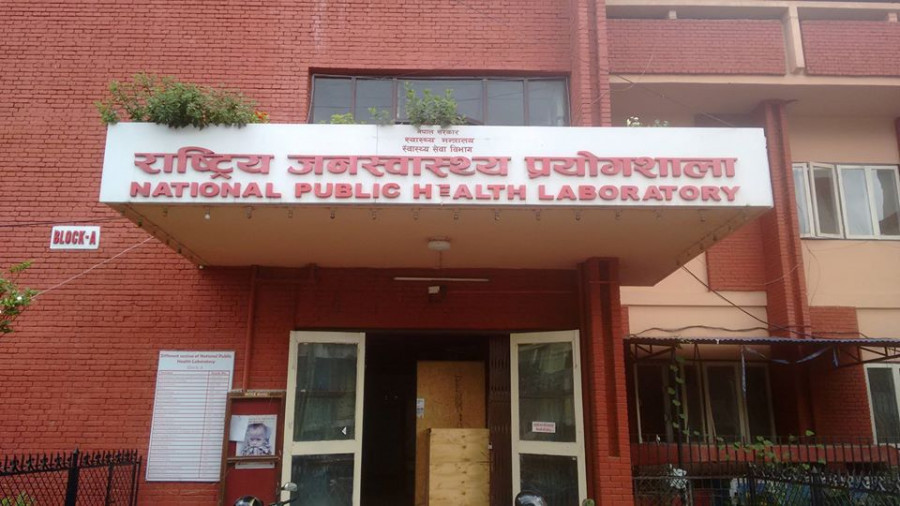Health
WHO to help national lab to set up whole-genome sequencing facility
With the new facility installed, it will be easier to monitor new variants of coronavirus in the country, officials say.
Arjun Poudel
When the World Health Organization’s collaborating centre in Hong Kong confirmed the first case of coronavirus infection in Nepal in January last year, the 31-year-old man, who had recently returned from Wuhan, had already been discharged from hospital.
Similarly, when the new “more contagious” variant of coronavirus, believed to have come from the UK, was confirmed in three Nepalis, two of the patients had already returned to the UK.
The UN’s health agency had confirmed only on January 18 that all three UK returnees had been infected with the new variant, identified as being part of the B.1.1.7 lineage.
To address the issue, the National Public Health Laboratory is setting up its own facility to carry out whole genome sequencing to check for various variants of coronavirus being reported around the world.
“The World Health Organization’s country office in Nepal is providing us financial assistance to bring in the technology to carry out whole genome sequencing,” Dr Runa Jha, director at the National Public Health Laboratory, told the Post. “We can at least carry out preliminary testing with the help of the new equipment.”
Authorities, however, haven’t divulged the price tag of the new machine.
Whole-genome sequencing is a comprehensive method of analysing the entire DNA sequence of an organism’s genes. Researchers believe that whole-genome sequencing of coronavirus could be instrumental in tracking the severity and properties of the virus.
Of the six UK returnees, who had tested positive for the coronavirus, swab samples of three were sent to the UN health agency’s collaborating centre in Hong Kong for whole-genome sequencing on January 11.
The UN’s health agency is providing a Nanopore DNA sequencing machine, which is small and cost-effective. “The running cost of large-sized whole-genome sequencing facilities is too expensive. It may take around $500 for each sample,” Jha added. “The facility we are going to acquire can do it at around $50 to $60.”
However, the error rate of the Nanopore DNA sequencing is relatively higher compared to higher-end machines. Jha told the Post that the technology is internationally recognised and accepted.
“We can perform more tests regularly, once we have the facility to perform gene sequencing,” Dr Krishna Paudel, director at the Epidemiology and Disease Control Division, told the Post. “The technology is needed to assess if new variants of the virus have entered the country or the virus has changed its form within the country.”
Public health experts say that gene sequencing should be performed regularly to study the type of virus going around in the community.
“The facility is needed not only to study the existing coronavirus but also to understand new viruses,” Dr Sher Bahadur Pun, chief of the Clinical Research Unit at the Sukraraj Tropical and Infectious Disease Hospital, told the Post. “Regular monitoring of the gene of the virus will help us to contain the spread of infection and frame policies accordingly.”
Due to the lack of technology in the country, it took over five weeks to know the cause of death of a 21-year-old man, who died of H5N1 infection in 2019. Tracing of the people who came in close contact with the man, who died of the bird flu virus, started only after one-and-half months when reports came in.
Doctors say that any virus seen in any corner of the world has the chance to come to Nepal due to the mobility of the people.
“We cannot prevent people from coming into the country,” Dr Baburam Maraasini, former director at the Epidemiology and Disease Control Division, told the Post. “We can prevent the spread of the disease through surveillance and testing.”
Meanwhile, the National Public Health Laboratory said it sent six samples of suspected UK variant cases to a private laboratory in Nepal for the whole gene sequencing. But only samples of three people, which were also sent to Hong Kong, were found to contain the new variant of the virus.




 7.12°C Kathmandu
7.12°C Kathmandu














